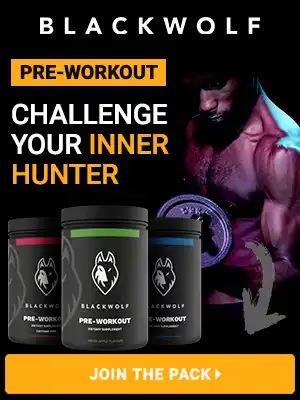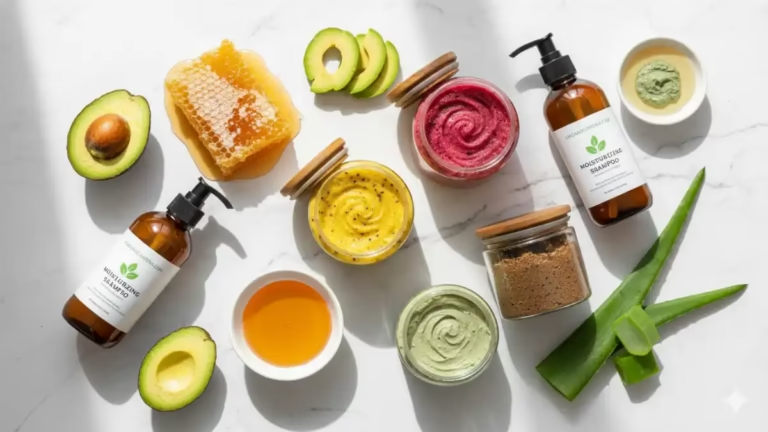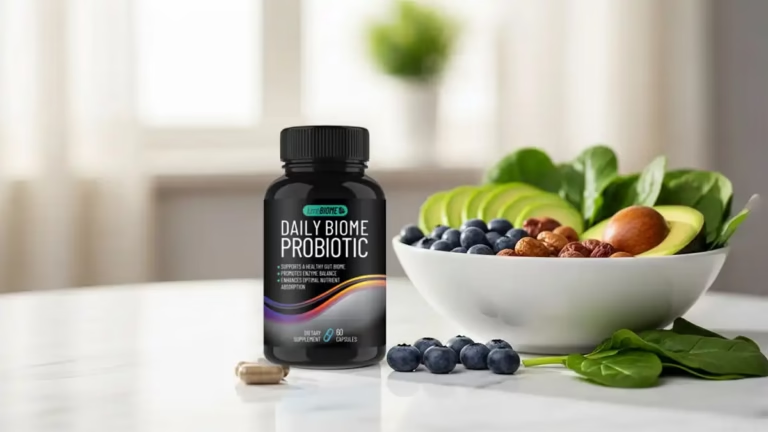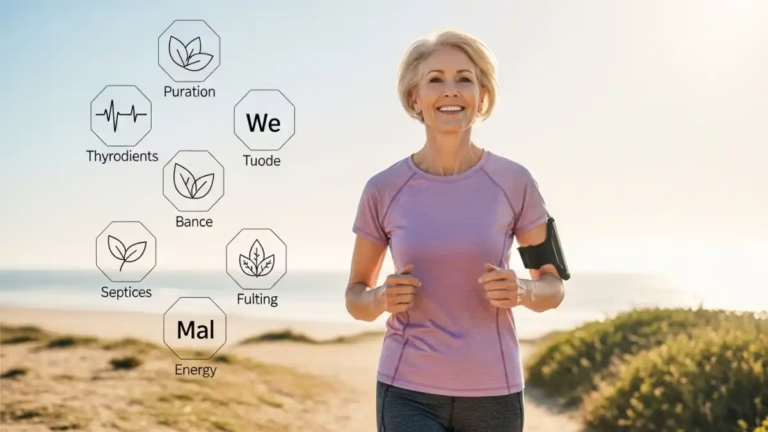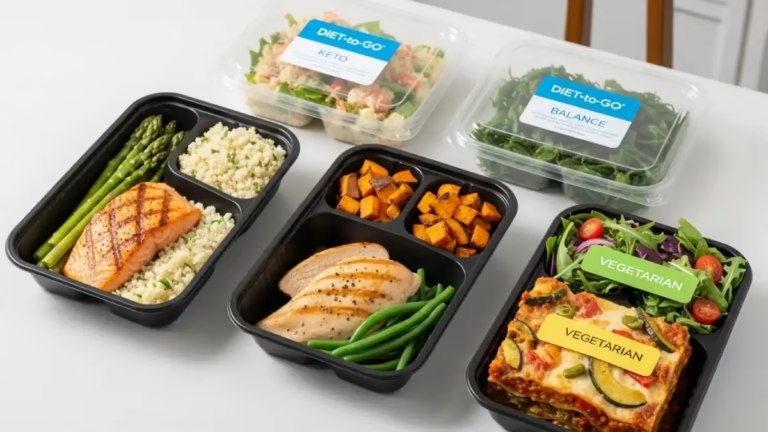Want a long, healthy life? Functional fitness training’s your answer. Discover how to move better & live longer! Get started today!
Time-Volume Training is the perfect program for people who want to build and maintain muscle and strength and have little to no training equipment to work with.
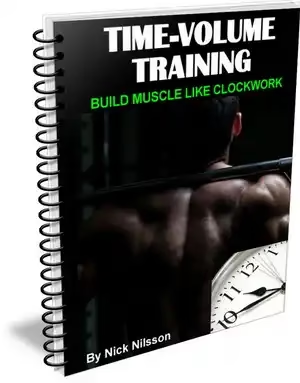
Unlike traditional fitness approaches focused solely on aesthetics or isolated muscle groups, functional fitness emphasizes movement patterns used in everyday life. It’s about building strength, flexibility, balance, and cardiovascular health in ways that directly translate to improved functionality and a higher quality of life as you age. Think about effortlessly lifting groceries, bending down to tie your shoes, or confidently navigating stairs – these are all examples of functional movements.
Why Functional Fitness is Key for Longevity:
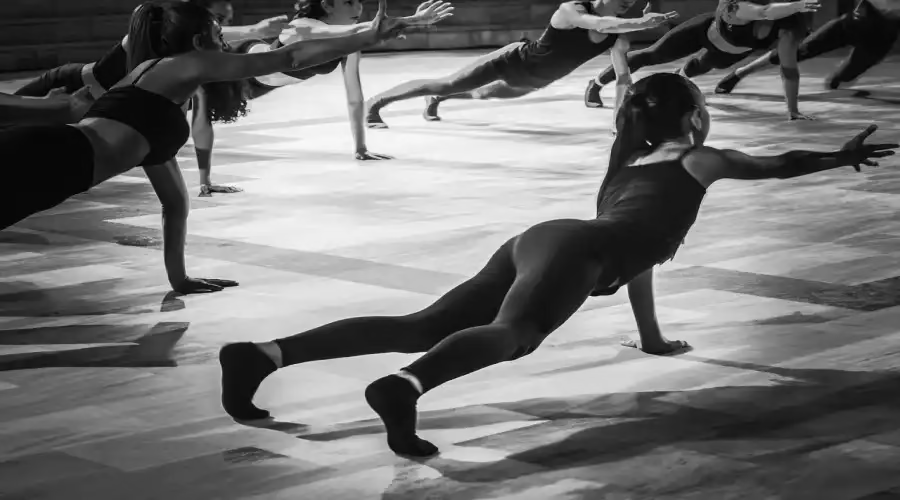
Increased Independence: Maintaining functional strength and mobility enables you to perform daily activities independently, reducing reliance on others and enhancing your sense of self-sufficiency. This autonomy is crucial for maintaining a fulfilling life as you age.
Reduced Risk of Falls: As we age, our balance and coordination can decline, increasing the risk of falls. Functional fitness exercises specifically target balance and proprioception (your body’s awareness of its position in space), significantly reducing this risk.
Improved Bone Density: Weight-bearing exercises, a cornerstone of functional fitness, stimulate bone growth and help maintain bone density, reducing the risk of osteoporosis and fractures.
Home Workout Training Videos
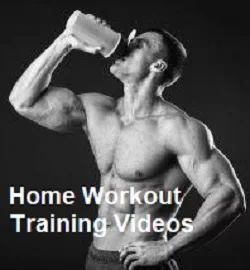
7 high quality fitness videos training on home workout!
Is it effective to workout at home?
How to do a home workout?
How to fitness your body at home?
How should I plan my home workout?
Enhanced Cardiovascular Health: Functional fitness often incorporates cardiovascular elements, contributing to improved heart health, stamina, and overall well-being.
Better Quality of Life: By enhancing your ability to perform daily tasks with ease, functional fitness dramatically improves your quality of life. It allows you to participate in the activities you enjoy, maintain social connections, and live a more active and fulfilling life.
A well-rounded functional fitness program encompasses several key elements:
Home Workout Bible

Discover How To Get In The Best Shape Of Your Life Without Ever Leaving The Comfort Of Your Home…
This cheat sheet is a handy checklist that makes it easy to get started burning fat and building muscle from the comfort of your home.
It breaks up the entire guide into easy-to-follow steps so that you can make sure you have all the highlights of working out from home right at your fingertips… This makes it easy to track your progress and stay focused on getting in the best shape of your life.
- Strength Training: This isn’t about bodybuilding; it’s about building functional strength using compound movements that engage multiple muscle groups simultaneously. Think squats, lunges, push-ups, rows, and deadlifts. These movements mimic real-life actions, building strength that translates directly to everyday activities.
- Flexibility and Mobility: Maintaining flexibility and mobility is crucial for preventing injuries and maintaining ease of movement. Stretching, yoga, and Pilates are excellent choices. Focus on improving range of motion in joints, increasing flexibility in muscles and connective tissues.
- Balance and Coordination: Exercises designed to improve balance and coordination are essential for preventing falls and maintaining stability. This might include single-leg stances, tai chi, and balance board exercises.
- Cardiovascular Health: Incorporating cardiovascular exercise, such as brisk walking, swimming, or cycling, is vital for overall health and longevity. It improves heart health, stamina, and helps maintain a healthy weight.
Exercises for Different Fitness Levels:
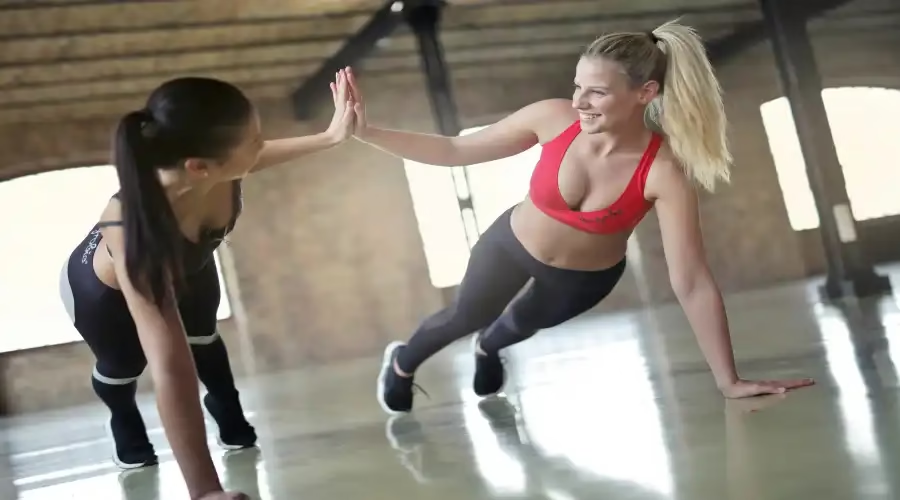
It’s crucial to remember that functional fitness is adaptable to all ages and fitness levels. Here are some examples:
- Beginner: Chair squats, wall push-ups, marching in place, standing heel raises, gentle stretches.
- Intermediate: Bodyweight squats, lunges, incline push-ups, dumbbell rows, yoga flows.
- Advanced: Plyometric exercises (jump squats, box jumps), heavy weightlifting, advanced yoga poses, challenging balance exercises.
Sunny Health & Fitness Mini Stepper for Exercise at Home
Sunny Health & Fitness Mini Stepper for Exercise at Home, Stair Step Workout Machine with Resistance Band, Fullbody Cardio, Upgraded Over 300lb Weight Capacity, Optional Free SunnyFit App Connection
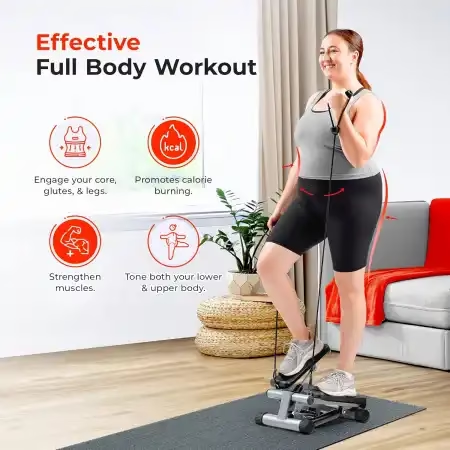
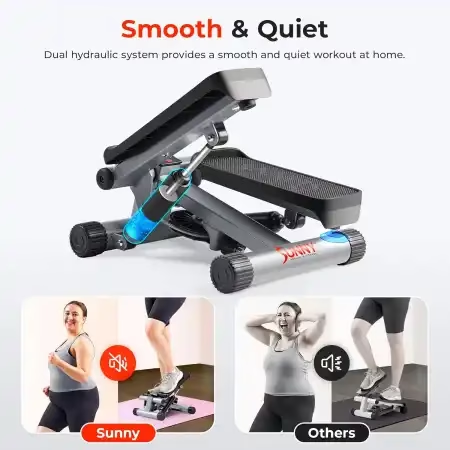
Creating Your Functional Fitness Routine:
- Start Slowly: Begin with a few exercises, focusing on proper form. Gradually increase the intensity and duration of your workouts as you get stronger.
- Listen to Your Body: Pay attention to your body’s signals. Rest when you need to and don’t push yourself too hard, especially when starting.
- Consult a Professional: If you have any pre-existing health conditions or injuries, consult with a physical therapist or certified personal trainer before starting any new exercise program. They can help you design a safe and effective routine tailored to your specific needs.
- Make it a Habit: Consistency is key. Aim for at least 30 minutes of functional fitness exercise most days of the week.
- Incorporate Movement into Daily Life: Look for opportunities to incorporate movement into your daily routine, such as taking the stairs instead of the elevator, parking farther away from your destination, or walking during your lunch break.
Frequently Asked Questions (FAQ):
Pros and Cons of Functional Fitness for Longevity:
Pros:
- Improved Functional Capacity:
- Move Better: Enhances strength, balance, flexibility, and endurance for everyday tasks.
- Live Longer: Maintains independence and ability to perform daily activities as you age.
- Reduced Risk of Age-Related Decline and Injuries:
- Move Better: Prevents muscle loss, improves balance, reducing fall risk.
- Live Longer: Decreases risk of injuries that can lead to disability and reduced lifespan.
- Enhanced Quality of Life:
- Move Better: Allows you to enjoy hobbies, social activities, and travel more comfortably.
- Live Longer: Extends the years you can live actively and independently, enjoying life to the fullest.
- Accessibility and Adaptability:
- Move Better: Can be done anywhere with minimal or no equipment. Exercises can be modified for all fitness levels and abilities.
- Live Longer: Makes it a sustainable long-term fitness approach that can be integrated into any lifestyle.
- Holistic Health Benefits:
- Move Better: Improves not just physical function, but also potentially cognitive function and mental well-being due to increased physical activity.
- Live Longer: Contributes to overall health and well-being, reducing risk of chronic diseases linked to sedentary lifestyles.
- Practical and Real-World Focus:
- Move Better: Directly translates to improvements in daily life and activities you care about.
- Live Longer: Makes fitness feel relevant and purposeful, motivating long-term adherence.
Cons:
- Can be Perceived as “Not Intense Enough” initially:
- Move Better: Focus on fundamental movements might feel less “challenging” compared to high-intensity workouts for some in the beginning.
- Live Longer: Requires consistent effort and progressive overload to maintain benefits over time, which might be underestimated initially.
- Requires Proper Form to be Effective and Safe:
- Move Better: Incorrect form can lead to injuries, especially when starting out.
- Live Longer: Emphasizes quality over quantity, necessitating learning correct technique, potentially requiring guidance from a professional.
- May Not Be Focused on Specific Aesthetic Goals (Initially):
- Move Better: Primary focus is on function, not necessarily building large muscles for purely aesthetic reasons.
- Live Longer: While functional fitness can improve body composition, those primarily seeking muscle hypertrophy or specific body image changes might need to supplement with other training styles.
- Potential for Boredom if Not Varied:
- Move Better: Repetitive functional movements, if not varied, can become monotonous for some individuals.
- Live Longer: Requires creativity and variety in exercise selection to maintain motivation and engagement over the long term.
- May Require Initial Learning Curve for Some:
- Move Better: Understanding the principles of functional movement and proper form might require some learning and adjustment, especially for those new to exercise.
- Live Longer: Investing time in learning the fundamentals is crucial for long-term success and safety.
- Not a “Quick Fix”:
- Move Better: Functional improvements are gradual and require consistent effort over time.
- Live Longer: Longevity benefits are a result of sustained commitment to functional fitness as a lifestyle, not a short-term program.
Conclusion:
In conclusion, Functional Fitness offers a highly effective and sustainable approach to fitness for longevity. While there are some potential drawbacks, the numerous pros, particularly in terms of improved functional capacity, reduced risk of age-related decline, and enhanced quality of life, make it a compelling strategy for anyone aiming to “move better and live longer.” The key is to approach it with consistency, proper form, and a long-term perspective.


